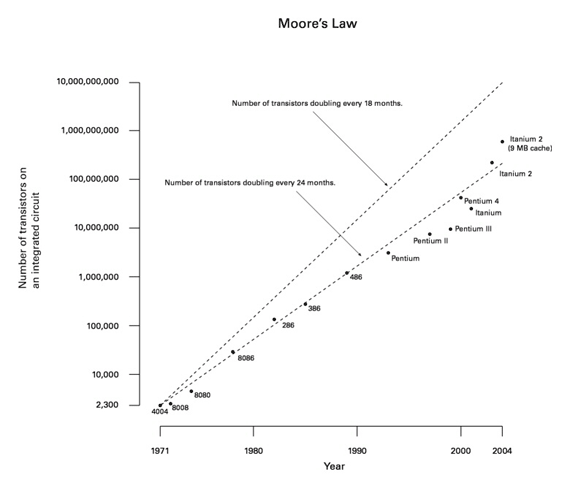Thoughtwax
The environmental impact of thin client systems
Some establishing observations:
-
The world is running out of energy, and like all good crises, the global power crisis knows how to loom hard.
-
There are over 822 million desktop computers in the world plugged in today (src).
-
All your desktop apps are moving online, with your digital data storage to follow very soon.
-
Sun Microsystems just released a thin desktop client with an average power consumption of 4 watts, or about 5% of the typical desktop PC.
Now to tie these statements together:
In the future, your desktop computer may well be an extremely thin client with internet connectivity and little else. That means that when you boot up your Linux box, Firefox and maybe a command line terminal will open, and that’s it. Your computer can’t do anything else, but it doesn’t need to; everything you need exists and happens on a server somewhere, and can be accessed through your web browser. You won’t have a hard drive, or any external media ports. Running applications directly on your computer will become practically obsolete. Most of the computational heavy lifting will be done on a central server, and the processing power of the average user’s desktop machine and operating system will become less and less relevant. (By the way, have you heard that there are going to be no less than seven different version of Vista to choose from?) A thinner client means less local computation, means less power consumption. Now multiply by 822 million.
Will this happen? Here’s a graph of Moore’s law in action over the past 35 years, stating that the complexity of integrated circuits doubles every 18 to 24 months:

In the next couple of years in the typical desktop, this trajectory will start to level off – expect a similar-looking chart on bandwidth to take up the slack. You can also look for the average efficiency of a desktop computer to be similarly up and to the right. The limit of what’s technically possible will continue to grow exponentially, but the average user will have no use for that type of processing power, in the same way that 90% of Microsoft Word users only use 10% of the features, or that not everybody drives a racecar. The Mac mini is probably an early leader here.
The story goes that the computer hardware industry was once compared to the auto industry by Bill Gates thusly: “If GM had kept up with technology like the computer industry has, we would all be driving twenty-five dollar cars that got 1000 miles per gallon.” (“Yes”, came the reply, “but the car would crash twice a day”.) Now desktop hardware is about to follow the design changes that occurred in the automobile industry around the same time that the first personal computers were becoming available. Cars could have gone hundreds of kilometers per hours, but they simply didn’t need to; instead of continuing to increase in power, cars that were smaller, cheaper, and more economical emerged to cater to city driving.

Will computers start to slow down soon, with more of a focus on size, efficiency and price, even at the expense of performance? If so, will we see an end to SUV-like, 100w-guzzling desktop monsters? It’s interesting to note that within the ecosystem of computing, it is sustainable software development has engendered an environment that could cater to more sustainable hardware systems, and the emergence of more efficient behavior.